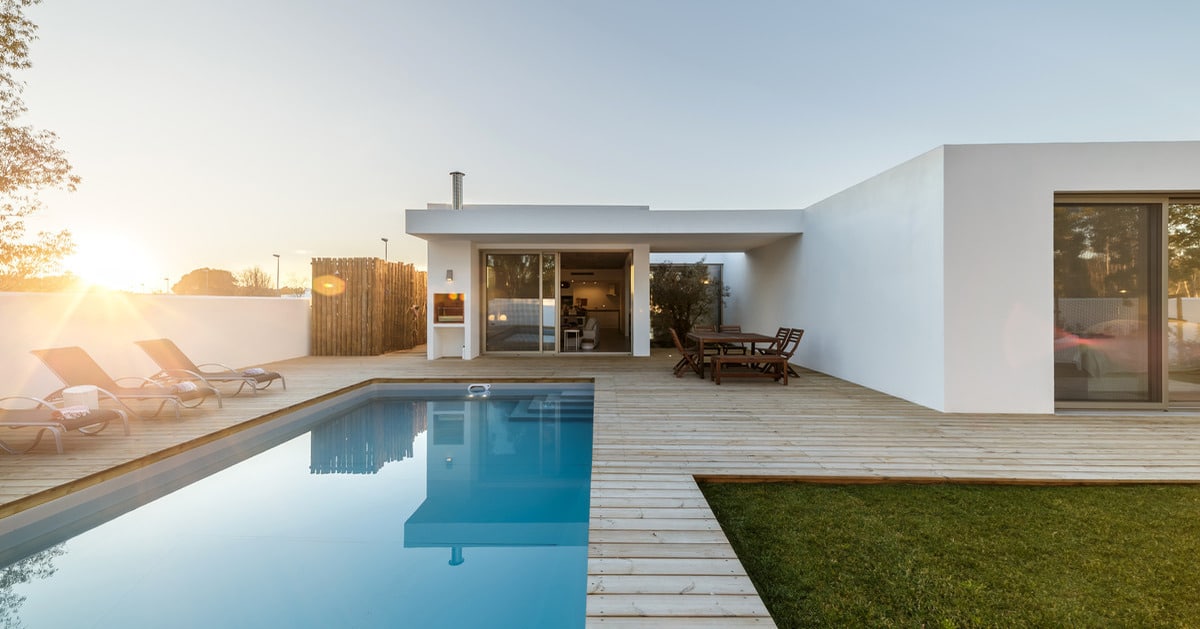When building your new house, there are many things to choose from; while layout and exterior may seem important, you should also consider the wall rendering. Foam rendering is becoming a more and more popular choice for construction in recent years. Rendered foam offers an alternative for areas that are difficult to support heavy brick and is known for its durability.
In this guide, we’ll cover some facts about foam-rendered walls since it’s not the most well-known option. This will include the benefits to the cost and the different types of foam for rendering available. Keep reading if you’re looking to get educated and make the best choice for your property.
What Are Foam-Rendered Walls, And Why Are They Popular in Australia?
Foam-rendered walls, also known as polystyrene render, have recently become increasingly popular in Australia for new homes. This rendered wall cladding combines lightweight foam blocks with a unique bonding material and renders a mixture to create a durable and attractive finish lasting over 25 years. Foam-rendered walls are also popular due to their insulation and ease of installation compared to other wall types.
The Benefits of Foam-Rendered Walls
The foam is fire retardant and waterproof and provides excellent insulation against heat and cold due to its airtight construction. Foam-rendered walls also protect the underlying structures from wind, rain and UV rays making them an ideal choice for many different weather conditions.
They are also easy to install without any specialist tools or equipment, adding to their popularity and cost-effectiveness. But one of the most significant benefits is their durability, the material is made from polyurethane, and these rendered walls can withstand extreme temperatures and conditions with very little maintenance.
On top of that, they can be sprayed on or applied with a textured coating to give the space an entirely new look quickly. They are an efficient and cost-effective way to increase the value of any building while preserving its aesthetic.
The Process of Foam Rendering A Wall
This process involves applying an adhesive mixture of acrylic and air-drying foam material to the walls. Depending on whether you’re working on or inside your house, you may need to prep the surface beforehand by scraping away loose render or cleaning off dirt and debris.
To start, you will need the foam boards that include an outer mesh face fixed to the frame with galvanised screws. The joints are sealed, and the external corners are reinforced with metal strips. Then once the surface is prepped and any holes are filled in, the foam render can be applied with a specialist foam render trowel.
After leaving it for 24 hours for the render to dry, the next step is to use flex mesh tape over joints before applying another layer of foam. Then any excess paint from finishing coats should be carefully cleaned with damp cloths. After these steps, your foam-rendered wall is complete.
How To Care For Your Foam-Rendered Walls
Foam-rendered walls are an excellent way to add texture and a modern touch to your home, but these surfaces come with specific care needs. Proper maintenance will ensure you keep the rendered walls looking their best for years.
Before caring for your walls, use a duster to remove any loose dirt or dust from the surface. Economical microfiber cloths work well for wiping down your walls because they trap the dust instead of pushing it around as other materials. If you need to deep clean the walls, we recommend mild soap and warm water, while for harsh marks, vinegar or baking soda works well.
Lastly, take care when cleaning crevices in rendered walls by using a soft brush rather than spraying cleaner directly on late models of these specialty walls. These tips ensure that your foam-rendered walls stay beautiful and provide long-lasting protection.
Conclusion
In conclusion, foam-rendered walls are an increasingly popular home improvement solution in Australia, thanks to their many benefits to households. Not only do they offer durable protection that can help reduce heating and cooling costs, but they also are very lightweight. If you plan on getting foam-rendered walls, make sure you care for them properly, so they last for years to come.
Photo by Nolan Issac on Unsplash





